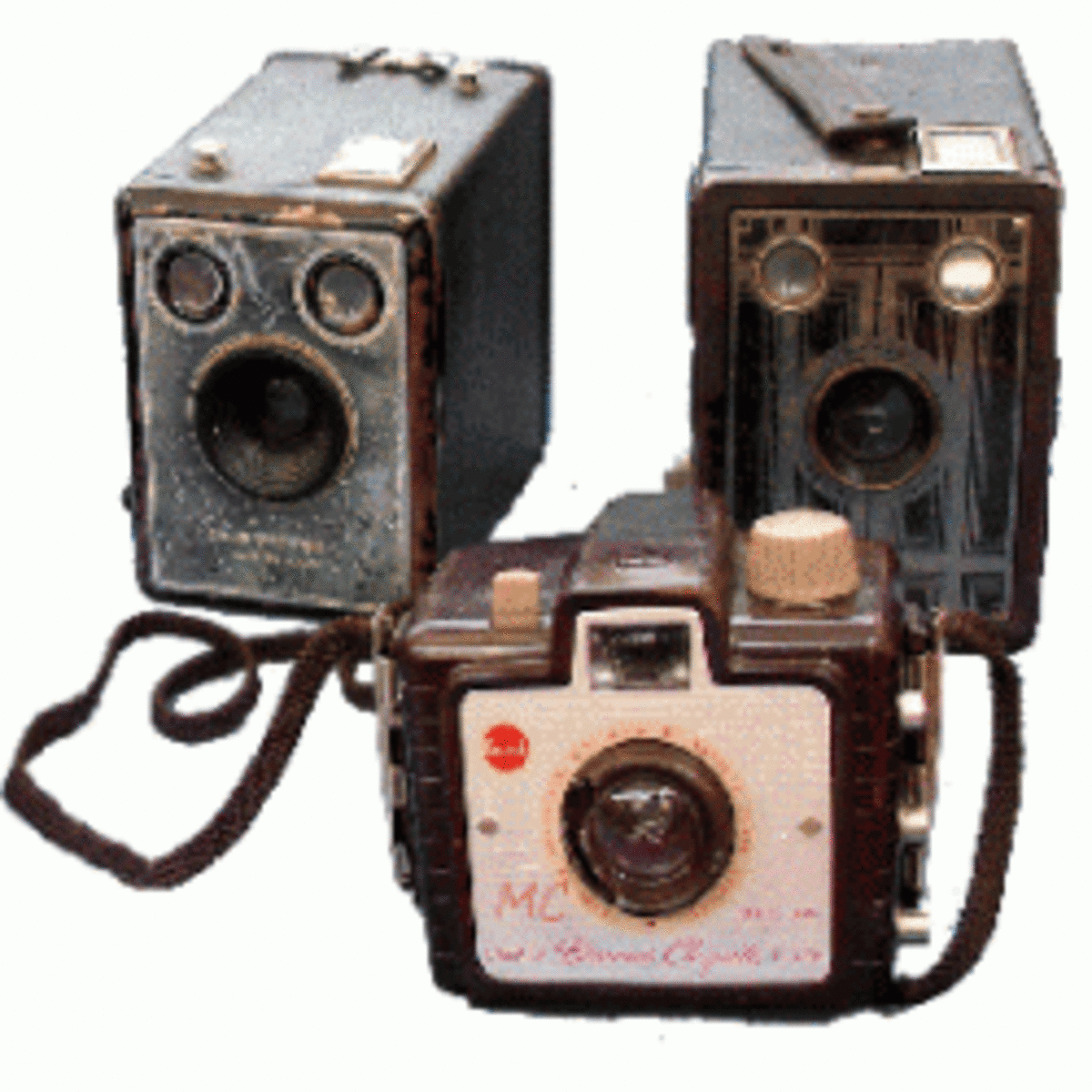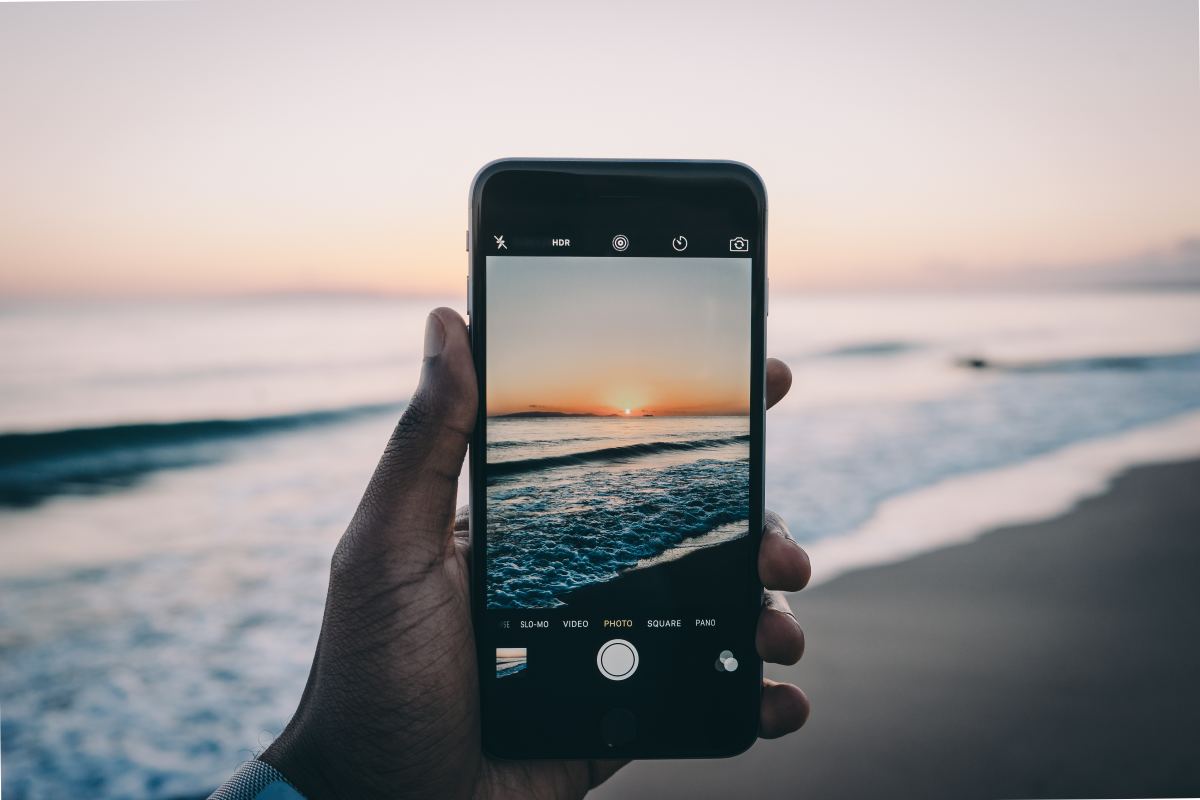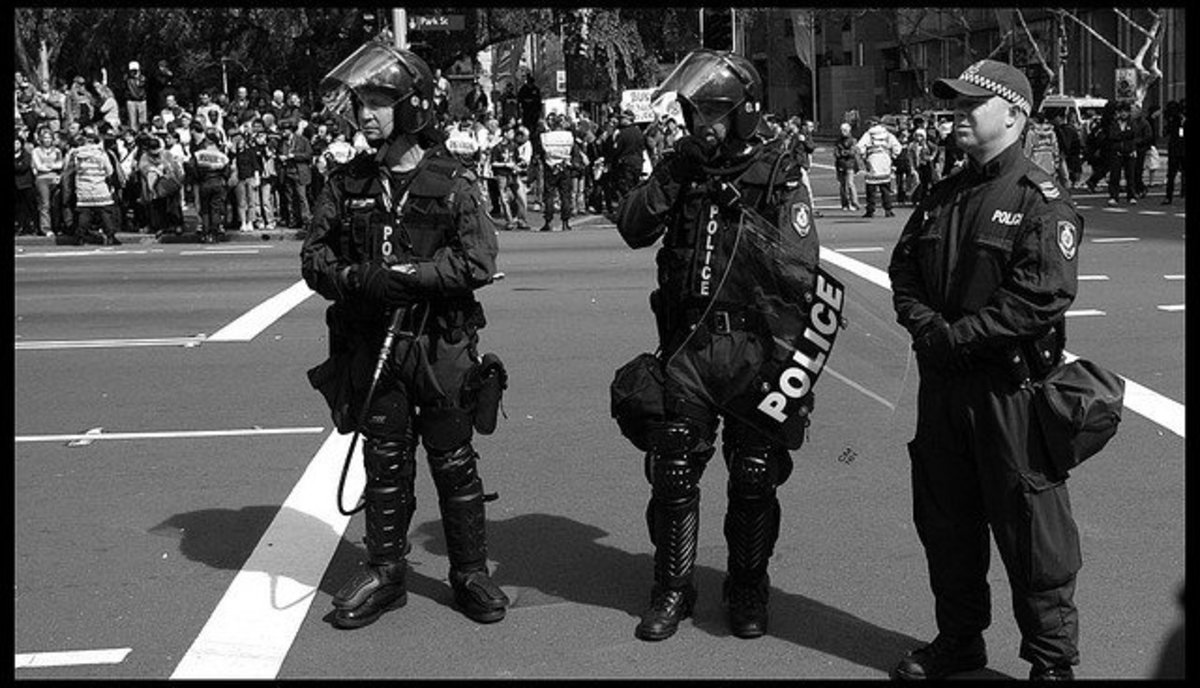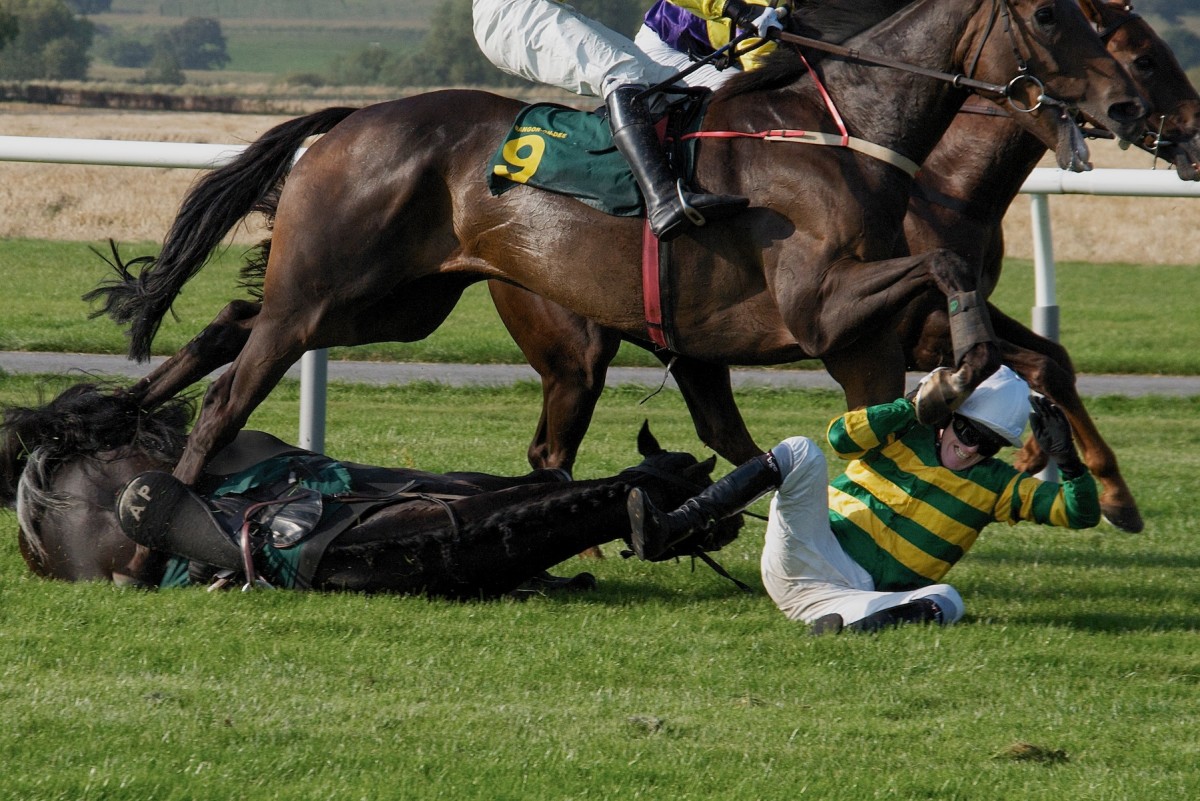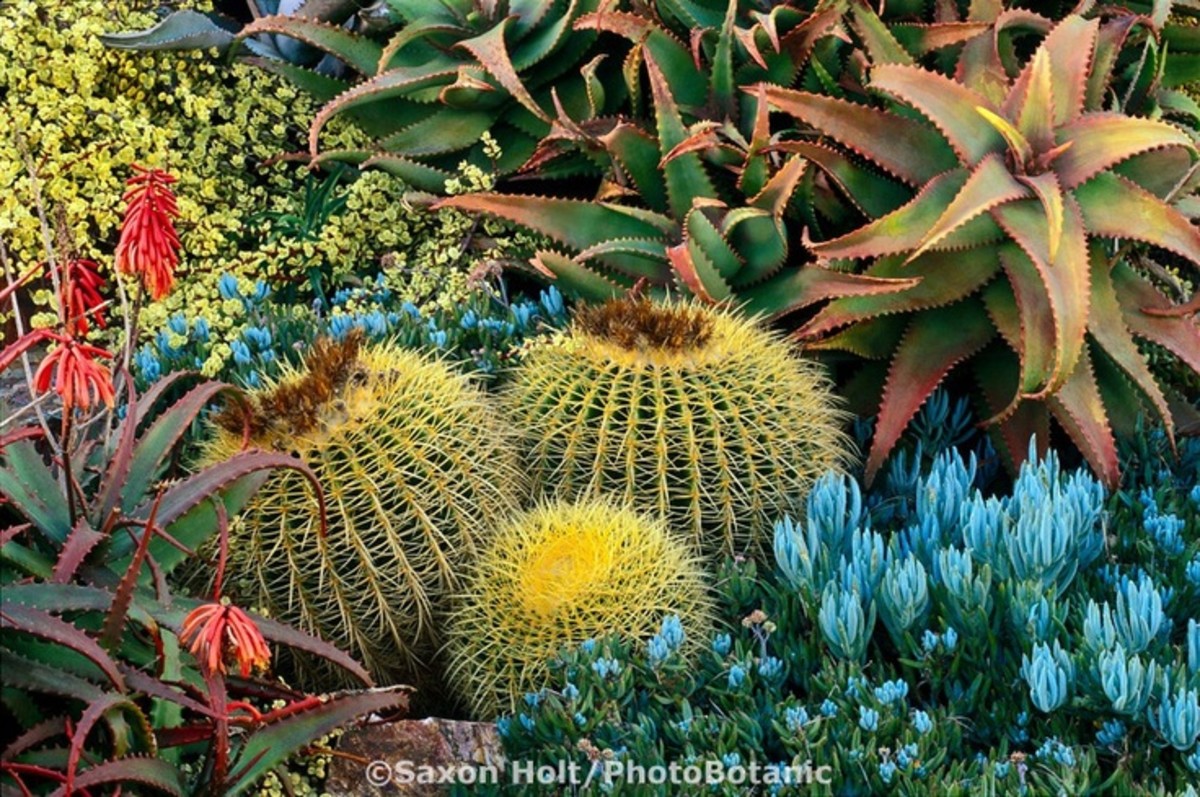Phone Photography: Capturing Great Photos with the Huawei Mate 20 Pro
Before the Huawei Mate 20 Pro was launched in 2018, it took me a really long time to finally decide on a phone that was worth owning in terms of photography. Throughout the past few years, countless smartphones were launched that offered really promising features for photography enthusiasts and serious photographers alike. However, no phone drew my attention until the Mate 20 Pro was launched, and for good reasons.
Main Attractive Feature
Regardless of the Pro Mode that is offered by the Mate 20 Pro, its RAW support and its 40 megapixels, the first and foremost feature that attracted me to this smartphone was the ability to shoot long exposure images without the need to use any filters. Those who shoot cityscapes and landscapes know very well how expensive it is to buy filters and use them on DSLRs and professional cameras. However, the Silky Water mode has made that possible by using a certain algorithm that seamlessly blends images in a way that does not over-expose them at day time. Here are a few examples that I shot in Dubai:
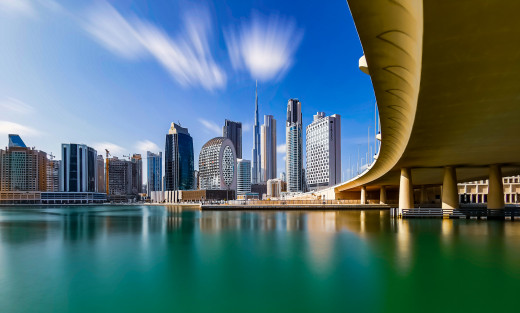
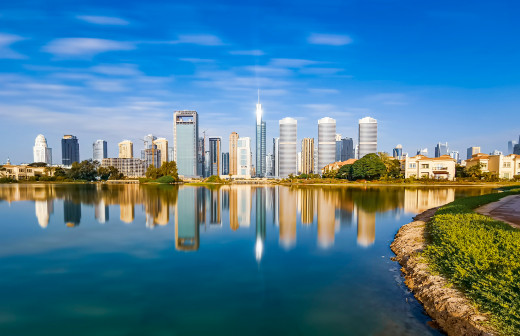
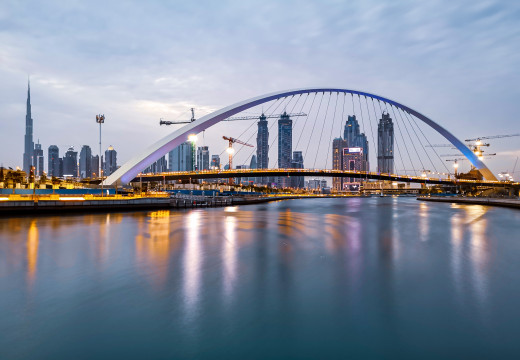
Some of the drawbacks of the Silky Water mode include no RAW support, its small resolution (maximum of 10 megapixels), and its inability to shoot at night since the image will be severely under exposed. However, the best time to use it is at day, and you can shoot exposures as long as you want.
Night Mode — Another Strong Feature
The first thing I tested after I bought the Huawei Mate 20 Pro was the Night Mode, and I was truly blown away by its sharpness and incredible details. After testing the Night Mode in many places and situations, I think it can showcase amazing details that even some DSLRs cannot do without overexposing the image. Here are some examples:
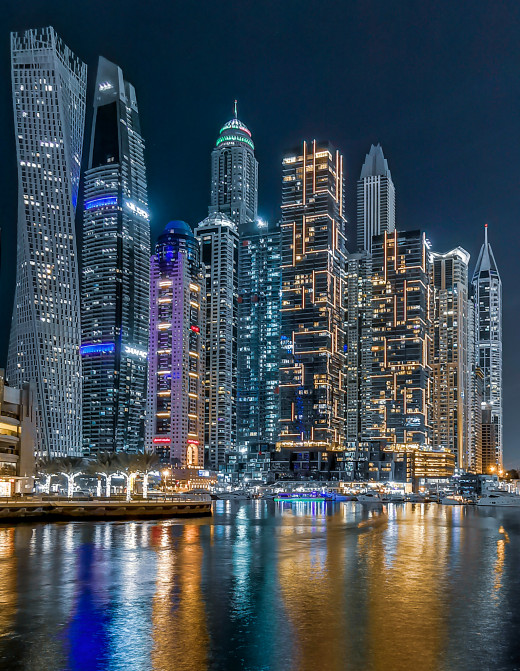
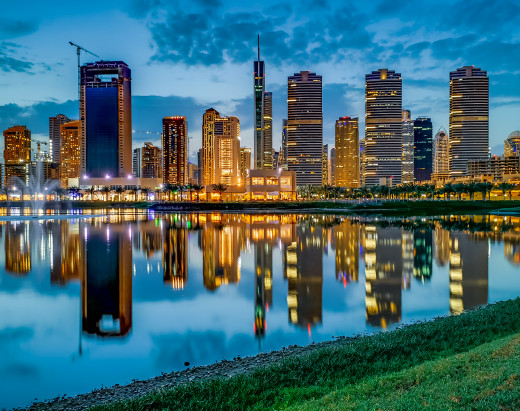
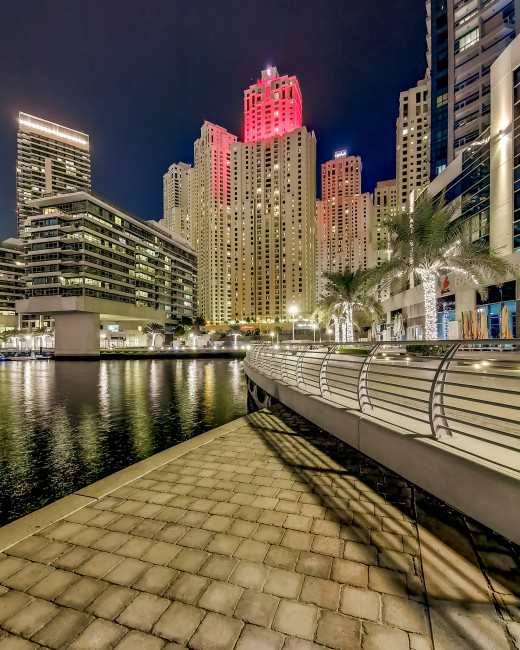
Just like the Silky Water mode, the Night Mode has its own drawbacks as well, including its low resolution (maximum of 10 megapixels), and no RAW support.
In order to get clean and wonderful night shots on this phone, it is better to use a tripod and a base ISO100, while leaving the shutter on AUTO. I have tried shooting night images hand-held, but images can get really noisy because of the higher ISO value.
One thing I noticed about the Night Mode is that it cannot register light trails for some reason. Light trails can add a beautiful touch to night images, so it is better to use the Pro Mode for this to happen.
Get Creative, Get Reflections!
Who says you cannot get creative shots with a smartphone? When you are in a unique vantage point over a skyline filled with super-tall towers, use glass to your advantage to capture great shots with your phone. Here are a few examples:

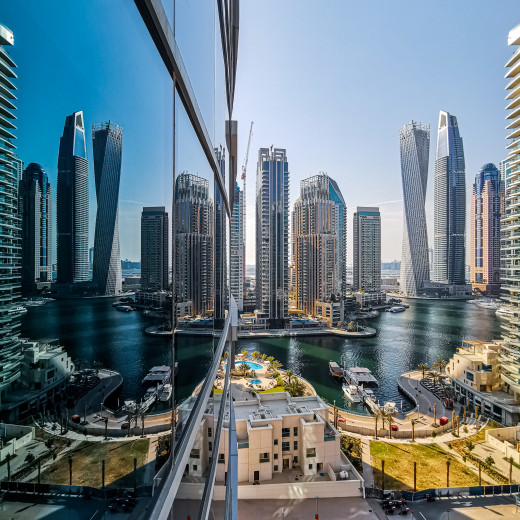
Other Features
The Huawei Mate 20 Pro offers many other features and modes for photography and videography, including Aperture, HDR, Portrait, Pro, Video and others. I do not use those modes extensively as I have been mainly focused on using the Silky Water Mode and the Night Mode.
What I also like about the phone is its massive battery that enables me to shoot images all day long without worrying about the phone dying at the end. In addition, I love using the wide angle lens in my cityscape and landscape shots, even though it causes some distortions at the edges, but this can be easily fixed with Adobe Lightroom or Photoshop.
This is by no means a review of the smartphone. You can find so many reviewers on YouTube who provide extensive tech details and comparisons. However, this is my personal experience with the phone in terms of photography. As a matter of fact, I don’t think smartphones will replace DSLRs any time soon, but you can definitely capture stunning images with any smartphone if you know the basics of photography and can manipulate the settings in your favor.
What do you think? Have you captured great smartphone images lately? Let me know down in the comments.

